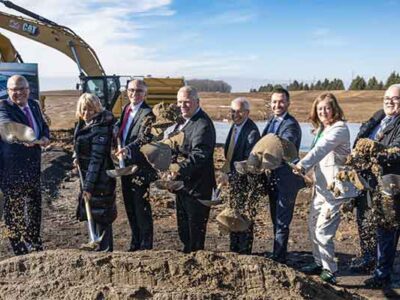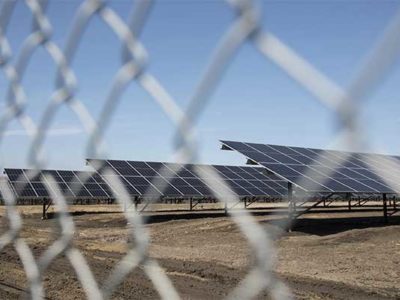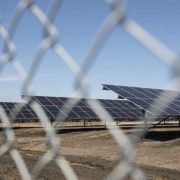Quebec — The federal government is investing more than $22 million in eight projects aimed at strengthening Canada’s battery innovation and manufacturing capacity.

The Government of Canada, formally His Majesty’s Government, is the body responsible for the federal administration of Canada.
The announcement was made Friday in Montreal by Tim Hodgson, Minister of Energy and Natural Resources. The funding is being delivered through the Energy Innovation Program (EIP) under its Battery Industry Acceleration Call, which supports clean energy research and technology development.
According to Natural Resources Canada, the selected projects will help advance next-generation battery materials, improve production efficiency, and expand the country’s ability to manufacture energy-storage technologies at scale. The initiative aligns with Canada’s broader goal of reaching net-zero emissions by 2050, as global demand for batteries—driven by electric vehicles and grid storage—is projected to rise sharply over the coming decades.
Projects across the country
The funding supports companies in six provinces working on technologies that target battery performance, cost reduction, and sustainability. Among them:
- NOVONIX Battery Technology Solutions Inc. (Bedford, Nova Scotia) will receive $5 million to demonstrate the commercial feasibility of its zero-waste cathode material production process.
- Calumix Technologies Inc. (London, Ontario) will receive $4.5 million to scale its coating platform that enhances the energy density and environmental profile of current collectors.
- Flex-Ion Battery Innovation Center (Windsor, Ontario) will receive $3.3 million to produce high-capacity cylindrical cells with improved energy density and safety.
- Nanode Battery Technologies (Edmonton, Alberta) will receive $1.5 million to develop tin-based anode materials for lithium-ion and sodium-ion batteries.
- HPQ Silicon Inc. (Montreal, Quebec) will receive $3 million to develop equipment for the continuous production of high-purity silicon oxide used in lithium-ion battery anodes.
- E-One Moli Energy (Canada) Ltd. (Maple Ridge, British Columbia) will receive $1.6 million to enhance the power capability of its 21700-format lithium-ion cells and an additional $1.07 million to improve their performance in low-temperature conditions.
- NanoXplore Inc. (Saint-Laurent, Quebec) will receive $2.75 million to develop ultra-high-power cylindrical cells for defence and industrial applications.
National context
The Energy Innovation Program supports scientific research and technology demonstrations that advance clean energy systems and strengthen industrial competitiveness. Federal data show that cumulative global battery demand could increase by nearly 150 times between 2022 and 2050, underscoring the need for domestic capacity in production and supply chains.
While the projects vary in scope—from materials development to manufacturing efficiency—they collectively aim to position Canada as a meaningful contributor to the global battery ecosystem and to reduce reliance on imported technologies.
Perspective
Canada’s investments come amid growing international competition to secure battery supply chains and develop critical-mineral-based technologies domestically. As electric vehicles and energy storage become central to economic and climate policy, these projects represent an incremental step toward building a more self-sufficient and resilient clean-energy sector.











Comments